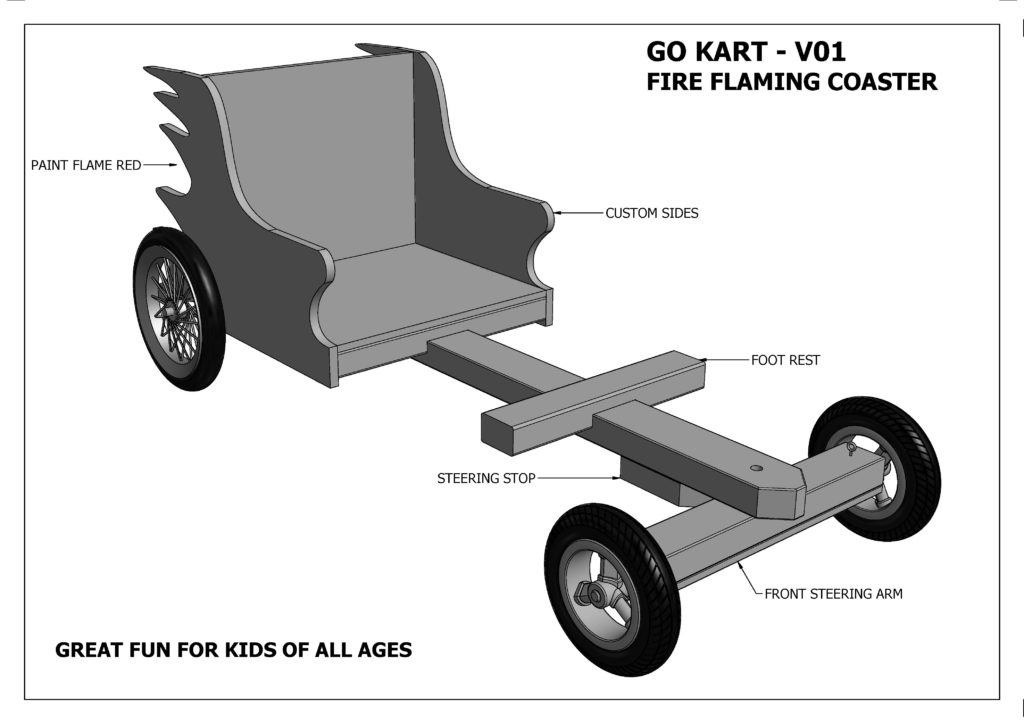Go-karts are light weight racing machines that have a low center of gravity and rely on quick acceleration around apexes through superior handling and tire grip. If you own your own go-kart, equipping it with the optimal tires is of utmost importance. Failing to do so can negatively affect your racing performance.
It’s therefore vital to understand what the optimal tires sizes are for your go-kart. However, before you can do that. you would need to understand where to find the tire size indicator and how to read it correctly.
As you can see in the picture illustrated below, you can find the go-kart tire size on the outer part of the tire (facing away from your kart). You’ll be able to see 3 numbers in combination. In the example below you are able to see: 10 x 4.50 – 5.
Now that you know where to find the size indicator, it’s time to take a look at what those numbers actually mean. Remember that it’s always going to be a 3 number combination. The example below shows 11 x 6.00 – 5.
Here is how to quickly read a go-kart tire size. An 11 x 6.00 – 5 go-kart tire is 11″ tall, 6 inches wide and is suitable for a rim diameter of 5 inches.
For a more in-depth explanation of reading go-kart tires properly, feel free to explore the section below. I’ve included some examples as well, for better understanding.
The first number on the tire (always the highest) indicates the height of the tire in inches. In the example above, the tire height is 11 inches. You’ll commonly find the tire height between 10 – 12 inches. Off-road go-karts on the other hand have much larger tires. It’s also common for the front tires of a go-kart to be slightly smaller as compared to the back.
The second number of your go-kart tires indicates the tire width. In this example the tire has a width of exactly 6 inches.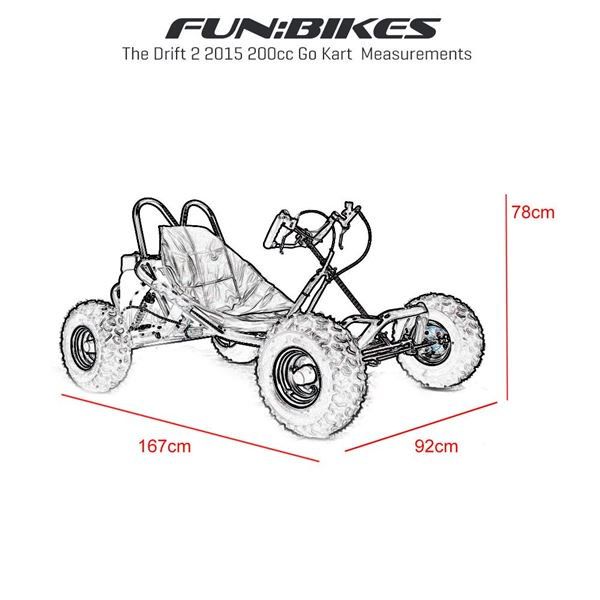 Racing tires are typically between 4 – 9 inches wide. The reason why you’ll always see this number with 2 decimal places is because go-kart tires widths also come in fractional sizes, for example 4.5 or 7.1 inches. Also take note that front tires have a smaller width than the back tires, due to the weight distribution and the increased grip required at the back.
Racing tires are typically between 4 – 9 inches wide. The reason why you’ll always see this number with 2 decimal places is because go-kart tires widths also come in fractional sizes, for example 4.5 or 7.1 inches. Also take note that front tires have a smaller width than the back tires, due to the weight distribution and the increased grip required at the back.
The last number on the tire shows the diameter of the rim. From the sample image above you can see that the tires sits on a rim that has a 5 inch diameter. The rims on the front and the back of go-karts usually have the same diameter. Typical rim sizes for racing are between 4 – 6 inches, whereas off-road rims are much larger.
Go-kart tires come in all shapes and sizes and vary depending on their application. Racing go-kart tires for example are usually wet or slicks, which are designed for maximum grip on the race track.
On the other hand, off-road go-kart tires usually have knobs and are larger, in order to give the kart a higher clearance for climbing uneven terrain.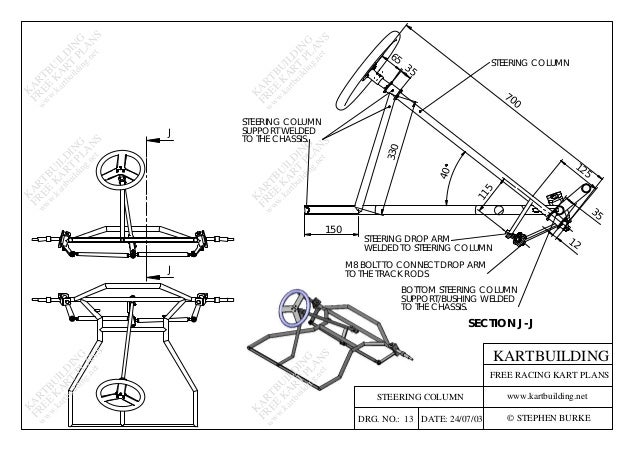 All go-kart tires should indicate the size on the outer side.
All go-kart tires should indicate the size on the outer side.
You may want to find a specific set of tires for your go-kart and need to ensure that your new or replacement tires are the right size. For everyone’s convenience, I’ve created a go-kart tire size chart and database that contains most of the manufacturers tire data. Please feel free to have a look!
About Gerrit
Owner, Researcher, Writer & Editor at GoKartGuide.com
Hi, I'm Gerrit. I have been racing go-karts competitively and recreationally for the past 20 years. Apart from actively growing local karting communities, I run GoKartGuide and write comprehensive articles, guides & reviews about go-kart racing. I race, build, mod, & discuss go-karts whenever I find the time. Thanks for stopping by and enjoy the read!
by Pittalks
The below is the tire size chart of common go-kart tire brands.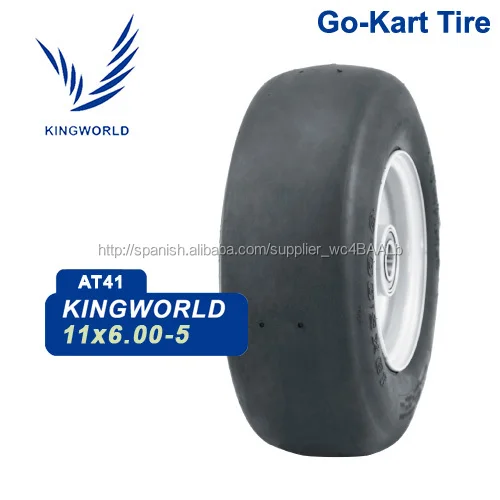 You can use the search box to find your specific tires’ sizes.
You can use the search box to find your specific tires’ sizes.
How To Read Any Tire's Size?
Please enable JavaScript
How To Read Any Tire's Size?
If you do not understand what these numbers mean, consult the guide section right below the chart.
Click here to download the go-kart tire size chart pdf file for free.
| Name | Item | Size | Circum. | Wheel | Tread Depth | Type |
|---|---|---|---|---|---|---|
| MAXXIS HT3-W | 86111 | 12×9.00-6 | 34″ | 6″ x 10″ | 0.055″ | Dirt |
| MAXXIS PRIME | 85704 | 10×4.50-5 | 31 3/4″ | 5″ x 6″ | 0.125″ | Dry |
| MAXXIS PRIME | 85706 | 11×6.00-5 | 33 1/2″ | 5″ x 7.75″ | 0.125" | Dry |
| MAXXIS PRIME | 85707 | 11×7.10-5 | 33 1/4″ | 5″ x 9″ | 0.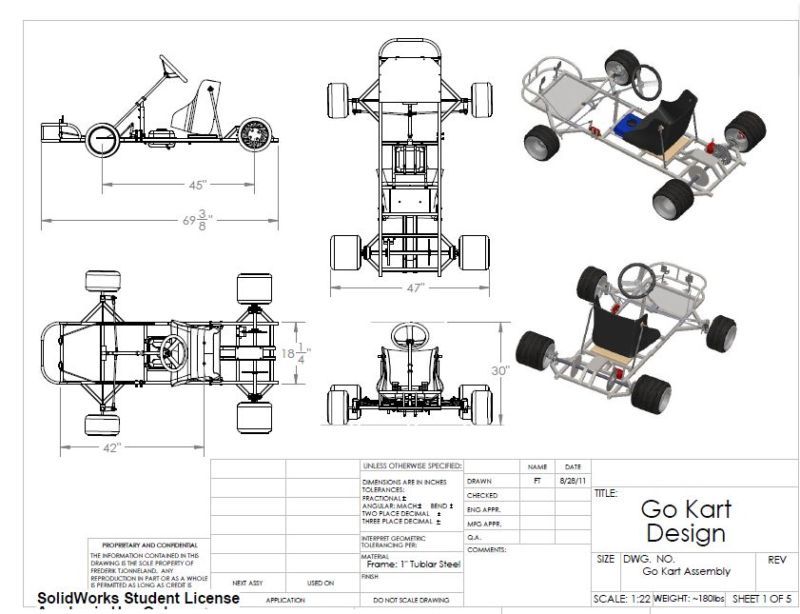 125" 125" | Dry |
| MAXXIS RAPTOR | 85604 | 10×4.50-5 | 31 1/2″ | 125 mm | 0.115" | Dry |
| MAXXIS RAPTOR | 85606 | 11×6.00-5 | 34 3/8″ | 175 mm | 0.125" | Dry |
| MAXXIS RAPTOR | 85607 | 11×7.10-5 | 33 3/4″ | 175 mm | 0.125" | Dry |
| MAXXIS RAPTOR | 85904 | 10×4.50-5 | 32 1/2″ | 125 mm | 0.130" | Dry |
| MAXXIS RAPTOR | 85906 | 11×6.00-5 | 34 1/2″ | 175 mm | 0.130" | Dry |
| MAXXIS RAPTOR | 85907 | 11×7.10-5 | 34 1/2″ | 175 mm | 0.130" | Dry |
| MAXX | 85940 | 12×4.00-5 | 36 3/4″ | 3″ two piece | 0.700" | Dry |
| MAXXIS SPORT | 85724 | 10×4.50-5 | 31 3/4″ | 5″ x 6″ | 0.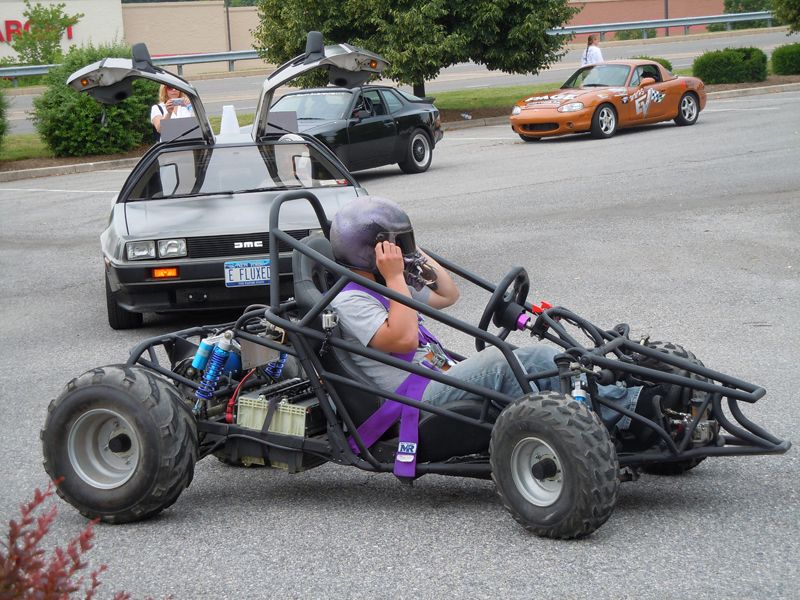 125" 125" | Dry |
| MAXXIS SPORT | 85727 | 11×7.10-5 | 33 1/4″ | 5″ x 9″ | 0.125" | Dry |
| MAXXIS RAIN TIRE | 85804 | 10×4.50-5 | 32″ | 5″ x 5.5″ | 0.170" | Rain |
| MAXXIS RAIN TIRE | 85806 | 11×6.00-5 | 34 3/4″ | 5″ x 7.25″ | 0.170" | Rain |
| MAXXIS HT3 | 86104 | 10.5×4.50-6 | 32 1/2″ | 6 x 6.5″ | 0.040" | Dry |
| MAXXIS EL | 86204 | 10.5×4.50-6 | 32 1/2″ | 6 x 6.5″ | 0.100" | Dry |
| MAXXIS EL | 86206 | 11×6.00-6 | 33″ | 6 x 8.5″ | 0.100" | Dry |
| MAXXIS EL | 86208 | 12×8.00-6 | 34″ | 6 x 10″ | 0.100" | Dry |
| MAXXIS SLH | 85SLH-4.50 | 10×4.50-5 | 32 1/4″ | 5″ x 6″ | 0.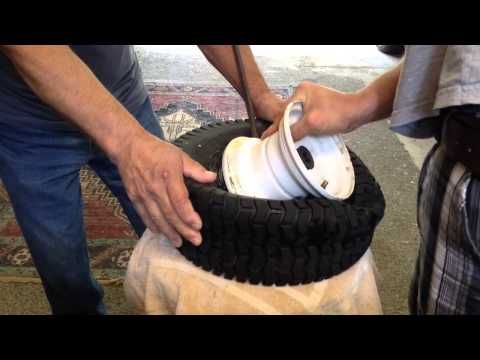 115" 115" | Dry |
| MAXXIS SLH | 85SLH-6.00 | 11×6.00-5 | 33 1/4″ | 5″ x 7.75″ | 0.115" | Dry |
| MAXXIS SLH | 85SLH-7.10 | 11×7.10-5 | 33″ | 5″ x 9″ | 0.115" | Dry |
| Vega MCS | MCS 450-6 | 10.5x4.50-6 | 32 1/2″ | 6" x 6.5" | .050"/.060" | Dry |
| Vega MCS | MCS 600-6 | 11.5x6.00-6 | 33" | 6" x 8.5" | .060"/.070" | Dry |
| Vega MCS | MCS 800-6 | 12x8.00-6 | 34" | 6" x 10" | .080"/.090" | Dry |
| Vega MCM | MCM 450-6 | 10.5x4.50-6 | 32 1/2" | 6" x 6.5" | .050"/.060" | Dry |
| Vega MCM | MCM 600-6 | 11x6.00-6 | 33" | 6" x 8.5" | .060"/.070" | Dry |
| Vega MCM | MCM 650-6 | 11.5x6.50-6 | 33 1/2" | 6" x 9. 25" 25" | .060"/.070" | Dry |
| Vega MCM | MCM 800-6 | 12x8.00-6 | 34" | 6" x 10" | .080"/.090" | Dry |
| Vega XHE | XHE 450-6 | 10.5x4.50-6 | 34" | 6" x 5" | 0.115" | Dry |
| Vega MDH | MDH 450-6 | 10.5x4.50-6 | 32 1/2" | 6" x 6.5" | .050"/.060" | Dry |
| Vega MDH | MDH 600-6 | 11.5x6.00-6 | 33" | 6" x 8.5" | .060"/.070" | Dry |
| Vega MDH | MDH 800-6 | 12x8.00-6 | 34" | 6" x 10" | .080"/.090" | Dry |
| Vega VAH | VAH-46 (Front) | 10x4.60-5 | 32 1/4″ | - | - | Dry |
| Vega VAH | VAH-60 (Rear) | 11x6.00-5 | 33" | - | - | Dry |
| Vega VAH | VAH-71 (Rear) | 11x7.10-5 | 33″ | - | - | Dry |
| Vega Xh4 | Xh4-46 (Front) | 10x4.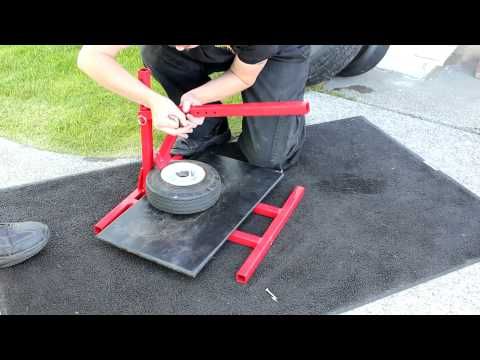 60-5 60-5 | 32 1/4″ | - | - | Dry |
| Vega Xh4 | Xh4-71 (Rear) | 11x7.10-5 | 33″ | - | - | Dry |
| Vega XM3 | XM-46 (Front) | 10x4.60-5 | 32 1/4″ | - | - | Dry |
| Vega Xh4 | XM-71 (Rear) | 11x7.10-5 | 33″ | - | - | Dry |
| Vega W6 | W6 42 (Front) | 10x4.20-5 | 32" | - | - | Rain |
| Vega W6 | W6 60 (Rear) | 11x6.00-5 | 33" | - | - | Rain |
| Burris slick 5" sprint | 9455XX | 10x4.50-5 | 31 3/4″ | - | - | Dry |
| Burris slick 5" sprint | 9715XX | 11x7.10-5 | 33″ | - | - | Dry |
| Burris slick 6" oval track | 9506XX | 11x5.00-6 | 34 1/2″ | - | - | Dry |
| Burris slick 6" oval track | 9606XX | 11x6.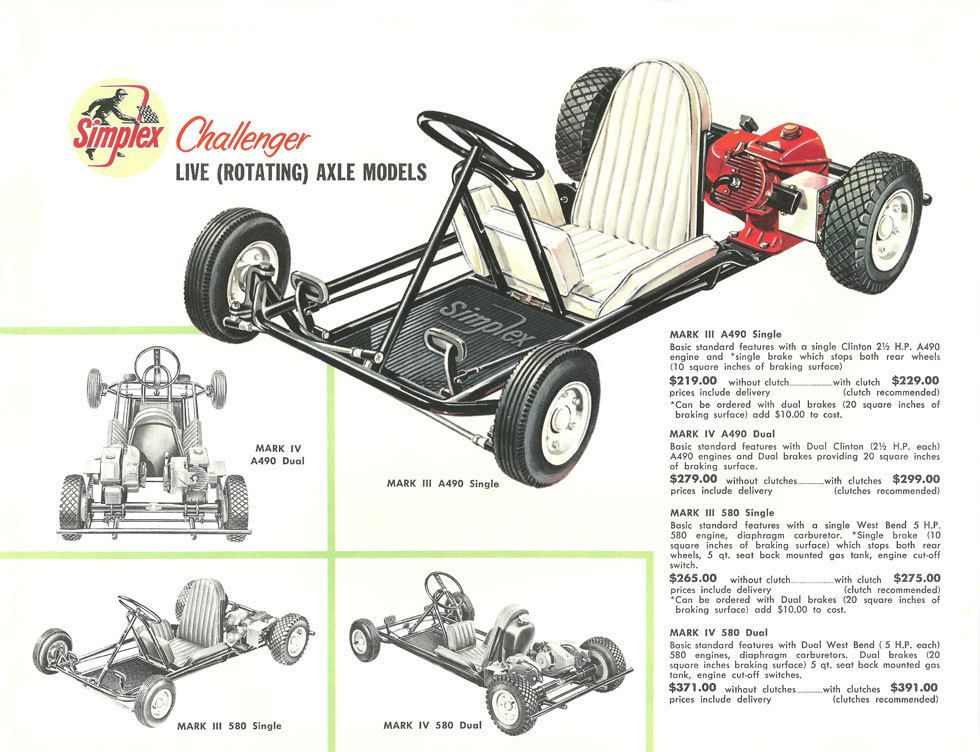 00-6 00-6 | 33" | - | - | Dry |
| Burris slick 6" oval track | 9816XX | 11x8.1-6 | - | - | - | Dry |
| Burris slick 6" oval track | 9706XXS | 11.5x7.0-6 | - | - | - | Dry |
| Burris slick 6" oval track | 9856XXS | 11.5x8.5-6 | - | - | - | Dry |
| Burris slick 6" oval track | 9956XXS | 11.5x9.5-6 | - | - | - | Dry |
| Burris 5" Treaded Tires | 950511 | 11x5.0-5 | - | - | - | Dirt |
| Burris 5" Treaded Tires | 9555XX | 11x5.50-5 | - | - | - | Dirt |
| Burris 5" Treaded Tires | 9705XX | 11x7.0-5 | - | - | - | Dirt |
| Burris 6" Treaded Tires | 9556XX | 11x5.50-6 | - | - | - | Dirt |
| Burris 6" Treaded Tires | 9706XX | 11.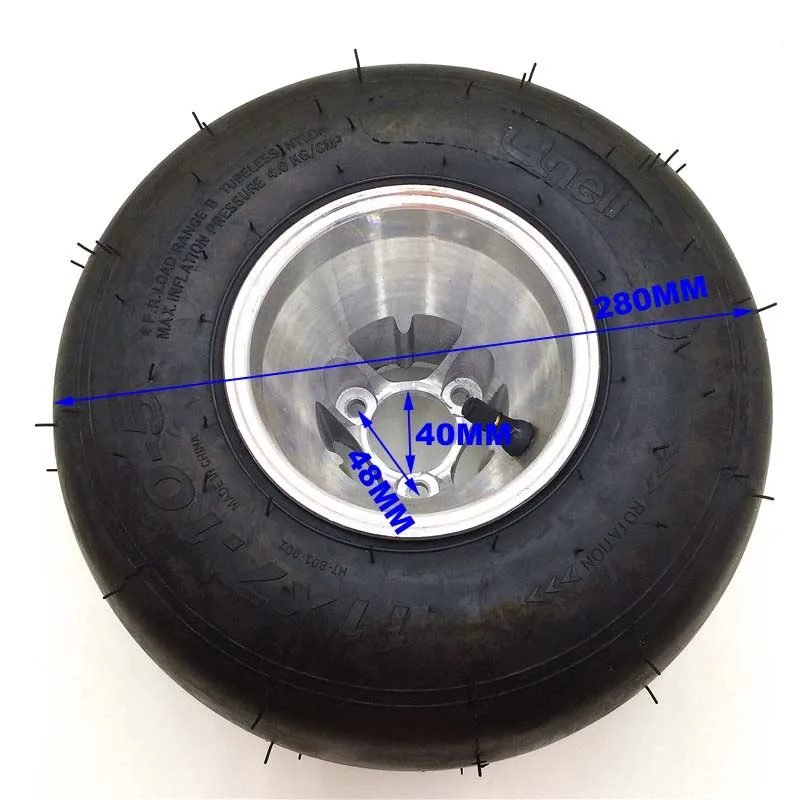 5x7.0-6 5x7.0-6 | - | - | - | Dirt |
| Burris 6" Treaded Tires | 9856XX | 11.5x8.5-6 | - | - | - | Dirt |
| Burris 6" Treaded Tires | 9956XX | 11.5x9.5-6 | - | - | - | Dirt |
| Burris 6" Treaded Tires | 9806XX | 12x8.00-6 | - | - | - | Dirt |
| Burris QRC Treads | Q9906XX | 12x9.0-6 | - | - | - | Dirt |
| Dunlop SL1 | 225681 (front) | 10x4.50-5 | - | - | - | Dry |
| Dunlop SL1 | 225685 (rear) | 11x7.10-5 | - | - | - | Dry |
| Dunlop SL3 | 288865 (front) | 10x3.60-5 | - | - | - | Dry |
| Dunlop SL3 | 219423 (front) | 10x4.50-5 | - | - | - | Dry |
| Dunlop SL3 | 288867 (rear) | 11x5. 00-5 00-5 | - | - | - | Dry |
| Dunlop SL3 | 219455 (rear) | 11x7.10-5 | - | - | - | Dry |
| Dunlop RS1 | 303083 (front) | 10x4.50-5 | - | - | - | Dry |
| Dunlop RS1 | 303085 (rear) | 11x7.10-5 | - | - | - | Dry |
| Dunlop DF2 | 308863 (front) | 10x4.50-5 | - | - | - | Dry |
| Dunlop DF2 | 308867 (rear) | 11x7.10-5 | - | - | - | Dry |
| Dunlop DF M | 309933 (front) | 10x4.50-5 | - | - | - | Dry |
| Dunlop DF M | 309937 (rear) | 11x7.10-5 | - | - | - | Dry |
| Dunlop DF H | 309935 (front) | 10x4.50-5 | - | - | - | Dry |
| Dunlop DF H | 309939 (rear) | 11x7.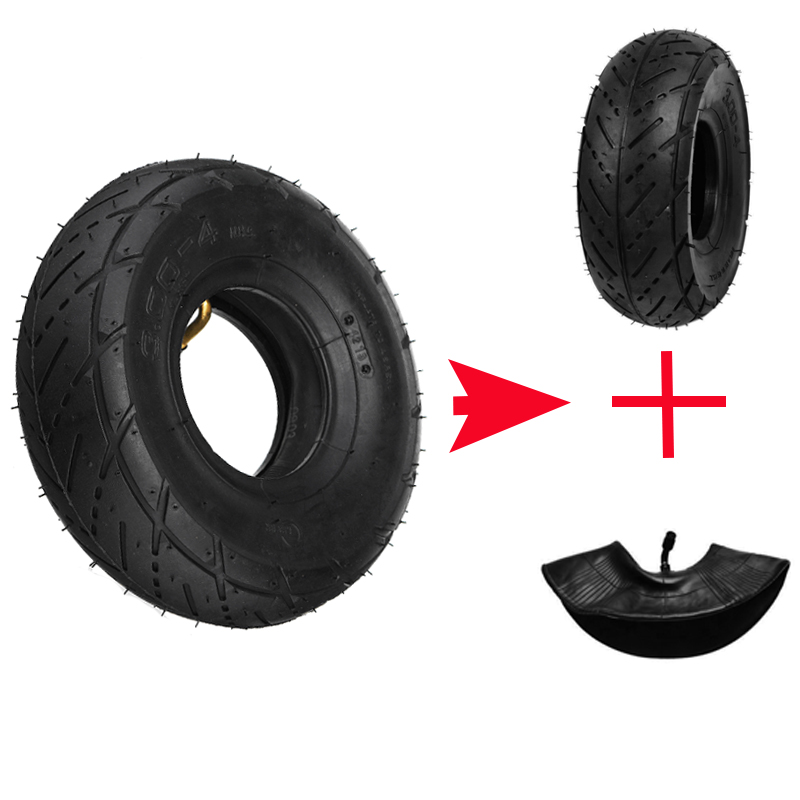 10-5 10-5 | - | - | - | Dry |
| Dunlop DF S | 309941 (front) | 11x5.50-6 | - | - | - | Dry |
| Dunlop DF S | 309943 (rear) | 11.5x8.00-6 | - | - | - | Dry |
| Dunlop W7 | 306565 (front) | 10x3.60-5 | - | - | - | Wet |
| Dunlop W7 | 306567 (rear) | 11x4.50-5 | - | - | - | Wet |
| Dunlop SL W2 | 293389 (front) | 10x4.50-5 | - | - | - | Wet |
| Dunlop SL W2 | 293391 (rear) | 11x6.50-5 | - | - | - | Wet |
| Dunlop SL W13 | 309945 (front) | 10x4.50-5 | - | - | - | Wet |
| Dunlop SL W13 | 309947 (rear) | 11x6.50-5 | - | - | - | Wet |
| Dunlop SL W13 | 309949 (front) | 11x5. 00-6 00-6 | - | - | - | Wet |
| Dunlop SL W13 | 309951 (rear) | 11.5x7.10-6 | - | - | - | Wet |
| BRIDGESTONE YLM | YLM-45 (front) | 10.0x4.5-5 | - | 5" x 4.5" | 100mm | Dry |
| BRIDGESTONE YLM | YLM-71 (rear) | 11.0x7.1-5 | - | 5" x 8.0" | 160mm | Dry |
| BRIDGESTONE YLC | YLC-45 (front) | 10.0x4.5-5 | - | 5" x 4.5" | 100mm | Dry |
| BRIDGESTONE YLC | YLC-60 (rear) | 11.0x6.0-5 | - | 5" x 6.0" | 132mm | Dry |
| BRIDGESTONE YLC | YLC-71 (rear) | 11.0x7.1-5 | - | 5" x 8.0" | 156mm | Dry |
| BRIDGESTONE YDS | YDS-45 (front) | 10.0x4.5-5 | - | 5" x 4.5" | 100mm | Dry |
| BRIDGESTONE YDS | YDS-60 (rear) | 11.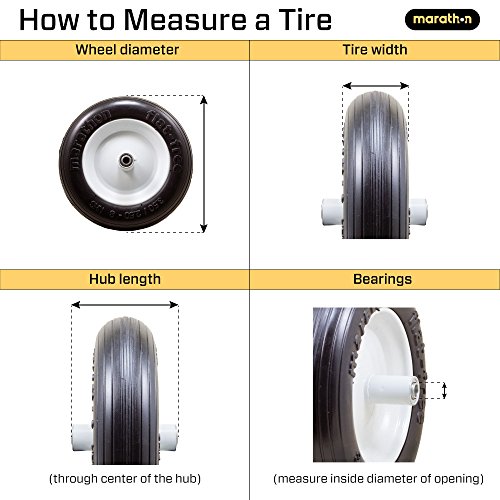 0x6.0-5 0x6.0-5 | - | 5" x 6.0" | 117mm | Dry |
| BRIDGESTONE YDS | YDS-71 (rear) | 11.0x7.1-5 | - | 5" x 8.0" | 150mm | Dry |
| BRIDGESTONE YLH | YLH-50 (front) | 11.0x5.0-6 | - | 6" x 5.0" | 115mm | Dry |
| BRIDGESTONE YLH | YLH-80 (rear) | 12.0x8.0-6 | - | 6" x 8.0" | 182mm | Dry |
| BRIDGESTONE YLF | YLF-50 (front) | 10.5x5.0-6 | - | 6" x 4.5" | 114mm | Dry |
| BRIDGESTONE YLF | YLF-60 (rear) | 10.5x6.0-6 | - | 6" x 8.0" | 157mm | Dry |
| BRIDGESTONE YJF | YJF-65 (front) | 10.5x6.5-6 | - | 6" x 8.0" | 150mm | Dry |
| BRIDGESTONE YJF | YJF-80 (rear) | 11.5x8.0-6 | - | 6" x 10.0" | 190mm | Dry |
| BRIDGESTONE YLP | YLP-45 | 10. 0x4.5-5 0x4.5-5 | - | 5" x 4.5" | 90mm | Rain |
| BRIDGESTONE YLP | YLP-60 | 11.0x6.0-5 | - | 5" x 7.0" | 126mm | Rain |
| Mitas SRX | 585383 | 10×4.50-5 | - | 5" x 4.5" | - | Dry |
| Mitas SRX | 585388 | 11×7.10-5 | - | 5" x 8.0" | - | Dry |
| Mitas SRH | 574372 | 10×3.60-5 | - | 5" x 4" | - | Dry |
| Mitas SRH | 573409 | 10×4.50-5 | - | 5" x 4.5" | - | Dry |
| Mitas SRH | 573428 | 11×5.00-5 | - | 5" x 4.5" | - | Dry |
| Mitas SRH | 573467 | 11×6.00-5 | - | 5" x 6" | - | Dry |
| Mitas SRH | 573448 | 11×7.10-5 | - | 5" x 8.0" | - | Dry |
| Mitas SRC | 583613 | 10×3.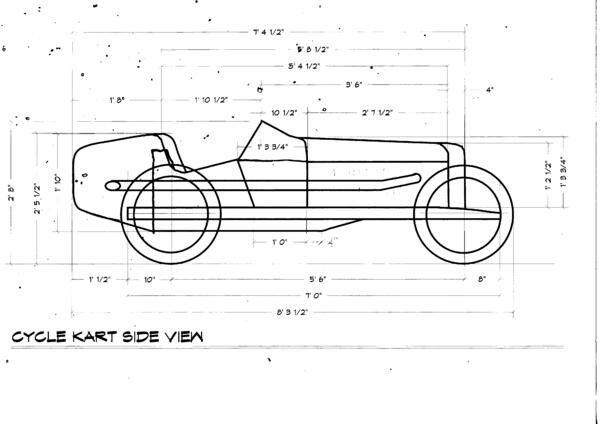 60-5 60-5 | - | 5" x 4" | - | Dry |
| Mitas SRC | 573415 | 10×4.50-5 | - | 5" x 4.5" | - | Dry |
| Mitas SRC | 583598 | 11×5.00-5 | - | 5" x 4.5" | - | Dry |
| Mitas SRC | 573469 | 11×6.00-5 | - | 5" x 6" | - | Dry |
| Mitas SRC | 573459 | 11×7.10-5 | - | 5" x 6" | - | Dry |
| Mitas SRB | 574373 | 10×3.60-5 | - | 5" x 4" | - | Dry |
| Mitas SRB | 573420 | 10×4.50-5 | - | 5" x 4.5" | - | Dry |
| Mitas SRB | 573429 | 11×5.00-5 | - | 5" x 4.5" | - | Dry |
| Mitas SRB | 573867 | 11×6.00-5 | - | 5" x 6" | - | Dry |
| Mitas SRB | 573464 | 11×7.10-5 | - | 5" x 8.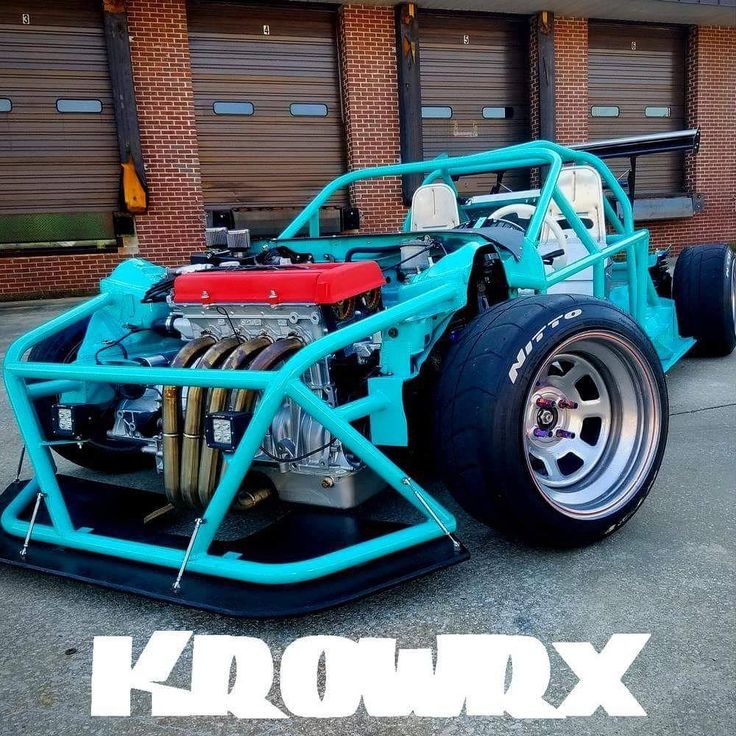 0" 0" | Dry | |
| Mitas SRW | 573474 | 10×4.00-5 | - | 5" x 4" | - | Rain |
| Mitas SRW | 573480 | 11×6.00-5 | - | 5" x 6" | - | Rain |
| LeCont SVA | SVA CIK MINI (front) | 10x4.00-5 | - | - | 4.0 mm | Dry |
| LeCont SVA | SVA CIK MINI (rear) | 11x5.00-5 | - | - | 4.0 mm | Dry |
| LeCont SVB CIK OPTION | SVB CIK OPTION (front) | 10x4.50-5 | - | - | 3.6 mm | Dry |
| LeCont SVB CIK OPTION | SVB CIK OPTION (rear) | 11x7.10-5 | - | - | 4.0 mm | Dry |
| LeCont SVC CIK PRIME | SVC CIK PRIME (front) | 10x4.50-5 | - | - | 4.0 mm | Dry |
| LeCont SVC CIK PRIME | SVC CIK PRIME (rear) | 11x7.10-5 | - | - | 4.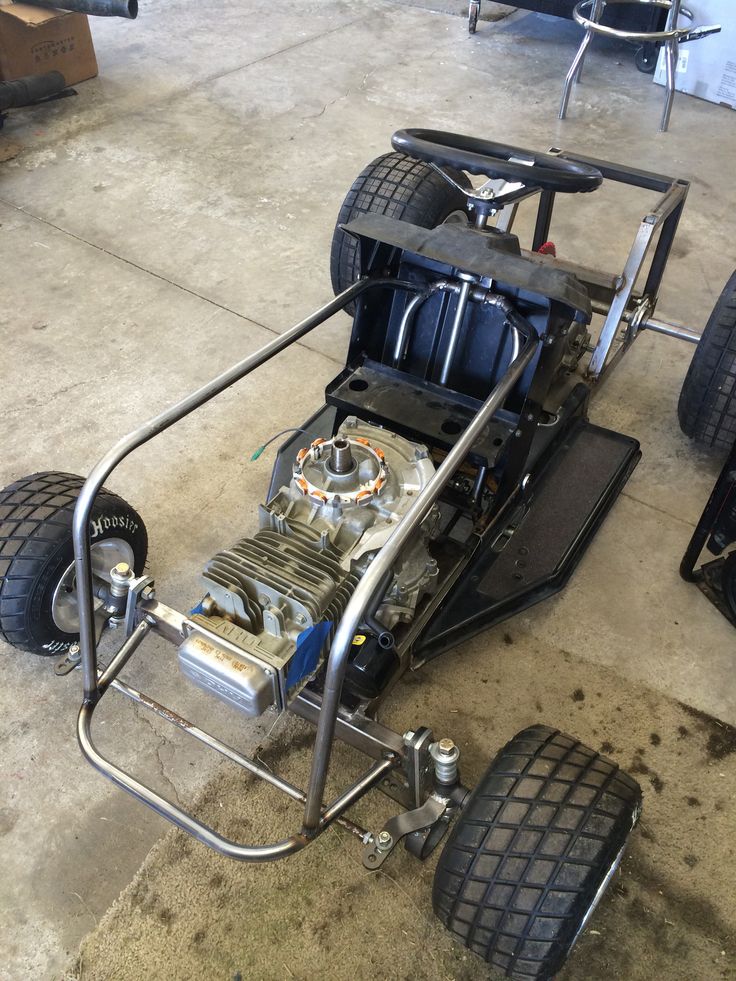 0 mm 0 mm | Dry |
| LeCont SV1 | SV1 CIK WET (front) | 10x4.20-5 | - | - | 4.6 mm | Rain |
| LeCont SV1 | SV1 CIK WET (rear) | 11x6.00-5 | - | - | 4.6 mm | Rain |
| LeCont LH03 | LH03 AUS (front) | 10x4.50-5 | - | - | 3.6 mm | Dry |
| LeCont LH03 | LH03 AUS (rear) | 11x7.10-5 | - | - | 4.0 mm | Dry |
| LeCont LH05 | LH05 (front) | 10x4.00-5 | - | - | 3,5 mm | Dry |
| LeCont LH05 | LH05 (rear) | 11x5.00-5 | - | - | 3,5 mm | Dry |
| LeCont 4S | LeCont 4S (front) | 10x4.50-5 | - | - | - | Dry |
| LeCont 4S | LeCont 4S (rear) | 11x7.10-5 | - | - | - | Dry |
| MG FZ | FZ | 10x4.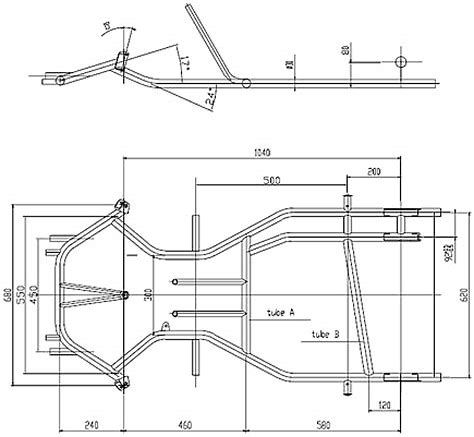 60-5 60-5 | - | 120 mm | - | Dry |
| MG FZ | FZ | 11x6.00-5 | - | 170 mm | - | Dry |
| MG FZ | FZ | 11x6.50-5 | - | 170 mm | - | Dry |
| MG FZ | FZ | 11x7.10-5 | - | 200 mm | - | Dry |
| MG SM | SM | 10x4.60-5 | - | 205 mm | - | Dry |
| MG SM | SM | 11x7.10-5 | - | 205 mm | - | Dry |
| MG SH | SH | 10x4.60-5 | - | 120 mm | - | Dry |
| MG SH | SH | 11x7.10-5 | - | 205 mm | - | Dry |
| MG SW | SW | 10x4.20-5 | - | 130 mm | - | Rain |
| MG SW | SW | 11x6.00-5 | - | 180 mm | - | Rain |
| MG SC | SC | 10x4.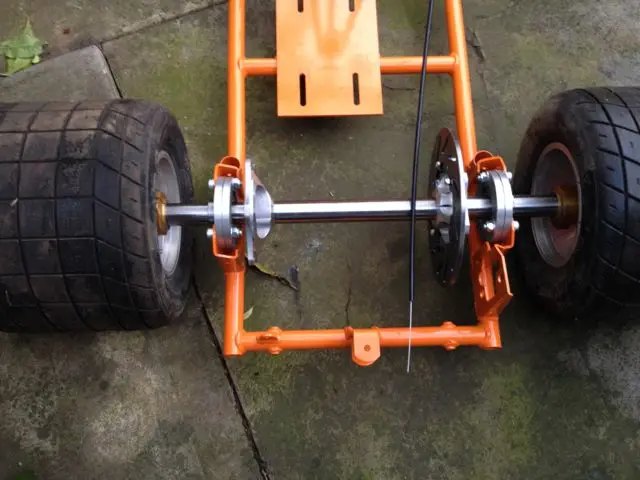 00-5 00-5 | - | 103 mm | - | Dry |
| MG SC | SC | 11x5.00-5 | - | 138 mm | - | Dry |
| MG SCW | SCW | 10x4.00-5 | - | 103 mm | - | Rain |
| MG SCW | SCW | 11x5.00-5 | - | 138 mm | - | Rain |
| MG RL1 | RL1 | 10 x 4.60 - 5 | - | 120 mm | - | Dry |
| MG RL1 | RL1 | 11 x 6.00 - 5 | - | 180 mm | - | Dry |
| MG RL1 | RL1 | 11 x 7.10 - 5 | - | 205 mm | - | Dry |
| MG RL2 | RL2 | 10 x 4.60 - 5 | - | 120 mm | - | Dry |
| MG RL2 | RL2 | 11 x 6.00 - 5 | - | 180 mm | - | Dry |
| MG RL2 | RL2 | 11 x 7.10 - 5 | - | 205 mm | - | Dry |
| MG RL3 | RL3 | 10 x 4.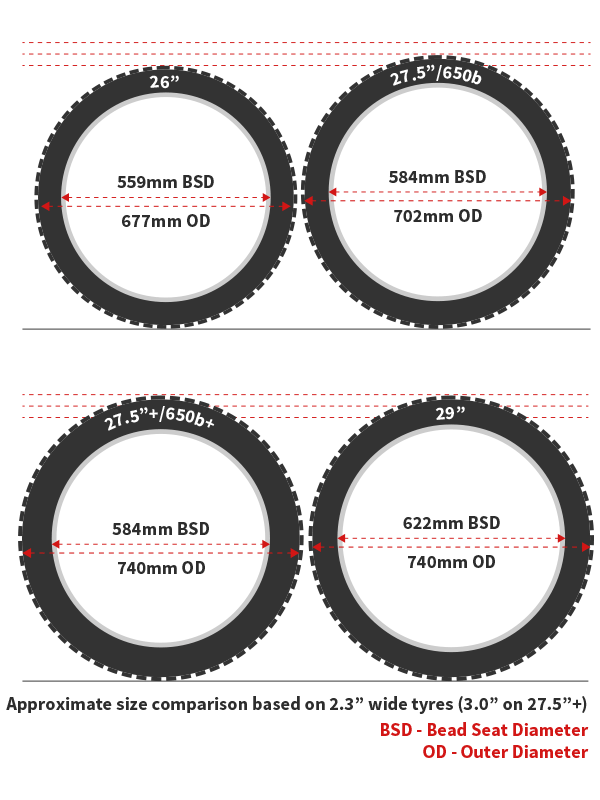 60 - 5 60 - 5 | - | 120 mm | - | Dry |
| MG RL3 | RL3 | 11 x 6.00 - 5 | - | 180 mm | - | Dry |
| MG RL3 | RL3 | 11 x 7.10 - 5 | - | 205 mm | - | Dry |
| MG SS | SS | 10 x 4.60 - 5 | - | 120 mm | - | Dry |
| MG SS | SS | 11 x 7.10 - 5 | - | 205 mm | - | Dry |
| MG SI | SI | 10 x 4.60 - 5 | - | 120 mm | - | Dry |
| MG SI | SI | 11 x 7.10 - 5 | - | 205 mm | - | Dry |
| MG AZ | AZ | 10 x 4.60-5 | - | 120 mm | - | Dry |
| MG AZ | AZ | 11 x 7.10-5 | - | 205 mm | - | Dry |
| MG SD | SD | 10 x 4.60 - 5 | - | 120 mm | - | Dirt |
| MG SD | SD | 11 x 6.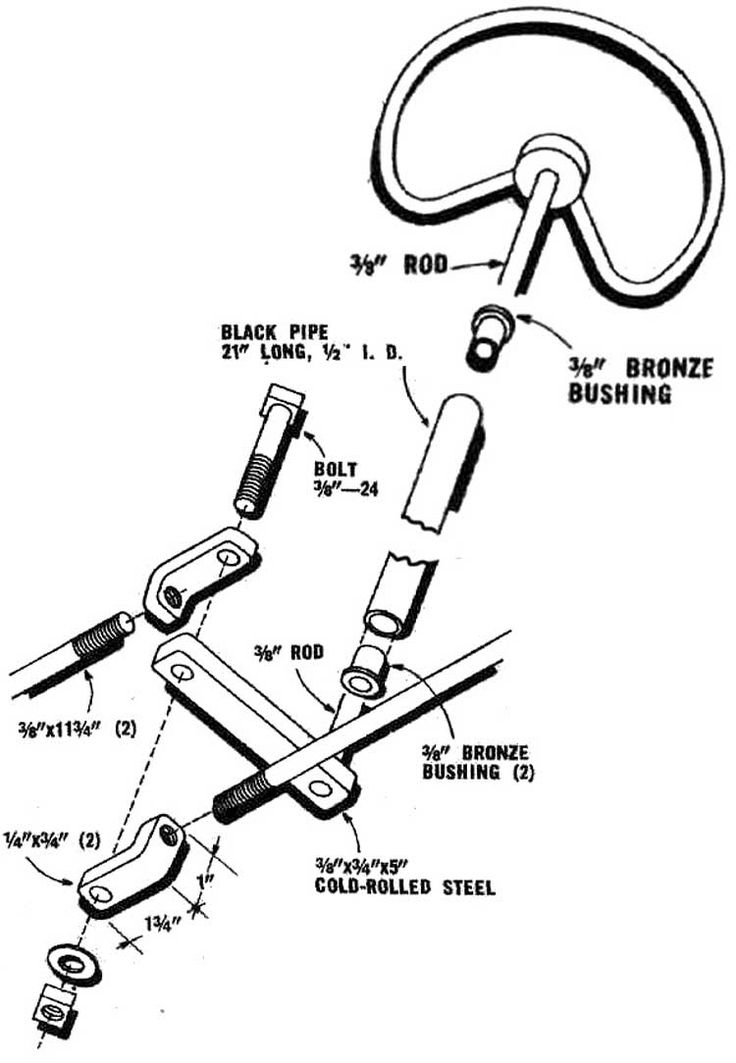 00 - 5 00 - 5 | - | 170 mm | - | Dirt |
| Hoosier diry oval karting | 11325 | 10.5 x 5.0 - 6 | 32.75" | 6" x 6.5" | - | Dirt |
| Hoosier diry oval karting | 11600 | 11 x 6.0 - 6 | 33" | 6" x 8.5" | - | Dirt |
| Hoosier diry oval karting | 11800 | 11 x 8.0 - 6 | 34" | 6" x 10" | - | Dirt |
| Hoosier diry oval karting | 15500 | 10.5 x 5.0 - 6 | 32.75" | 6" x 6.5" | - | Dirt |
| Hoosier diry oval karting | 15600 | 10.5 x 6.0 - 6 | 33" | 6" x 8.5" | - | Dirt |
| Hoosier diry oval karting | 15800 | 11 x 8.0 - 6 | 34" | 6" x 10" | - | Dirt |
| Hoosier diry oval karting | 15456 | 10.5 x 4.5 - 6 | 32.5" | 6" x 6.5" | - | Dirt |
| Hoosier diry oval karting | 15600 | 11 x 6.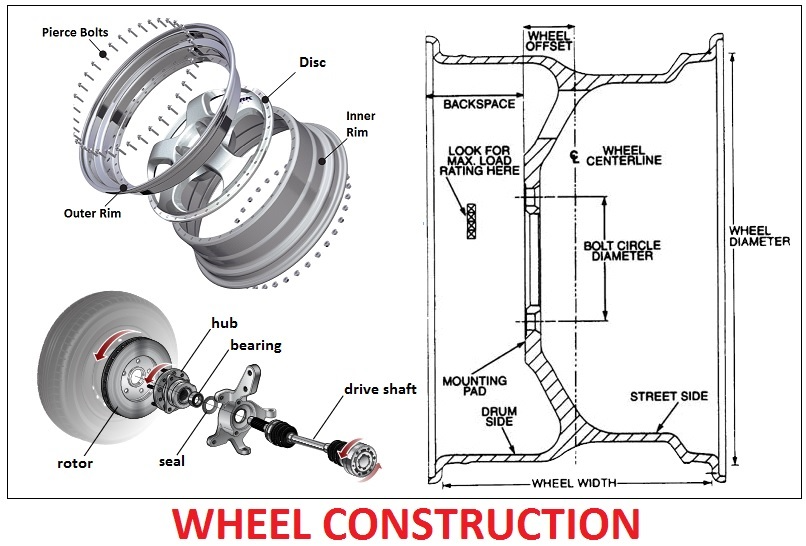 0 - 6 0 - 6 | 33" | 6" x 8.5" | - | Dirt |
| Hoosier diry oval karting | 15910 | 11 x 9.0 - 6 | 34" | 6" x 10" | - | Dirt |
| Hoosier treaded kart | 11505 | 10.5 x 5.0 - 6 | 33.75" | 6" x 5" | - | Dirt |
| Hoosier treaded kart | 11850 | 11.5 x 8.0 - 6 | 36" | 6" x 10" | - | Rain |
| Hoosier treaded kart | 11900 | 11 x 5.5 - 6 | 34.5" | 6" x 6" | - | Rain |
| Hoosier treaded kart | 11901 | 11 x 5.5 - 6 | 35.75" | 6" x 5.5" | - | Rain |
| Hoosier treaded kart | 11920 | 11 x 6.5 - 6 | 35.5" | 6" x 6.5" | - | Rain |
| Hoosier treaded kart | 11930 | 11 x 6.0 - 6 | 34.2" | 6" x 6.5" | - | Rain |
| Hoosier treaded kart | 11939 | 12 x 8.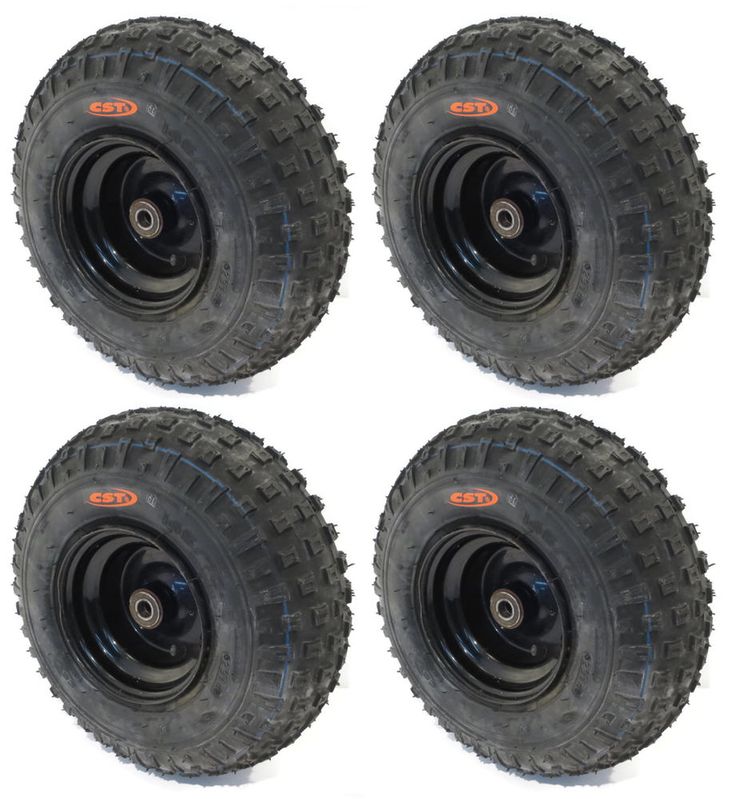 0 - 6 0 - 6 | 38.5" | 6" x 6.5" | - | Rain |
| Hoosier treaded kart | 11940 | 12 x 8.0 - 6 | 37.5" | 6" x 10" | - | Rain |
| Hoosier treaded kart | 11941 | 12 x 8.0 - 6 | 37.5" | 6" x 10" | - | Rain |
| Hoosier treaded kart | 11950 | 11.5 x 9.0 - 6 | 37" | 6" x 10" | - | Rain |
| Hoosier treaded kart | 11960 | 12 x 9.0 - 6 | 38.5" | 6" x 10" | - | Rain |
| Hoosier treaded kart | 11970 | 12 x 9.0 - 6 | 38.5" | 6" x 10" | - | Rain |
| Hoosier asphalt oval karting | 15500 | 10.5 x 5.0 - 6 | 33.125" | 6" x 6" | - | Dry |
| Hoosier asphalt oval karting | 15656 | 11 x 6.5 - 6 | 34.75" | 6" x 8.5" | - | Dry |
| Hoosier asphalt oval karting | 25600 | 11 x 6.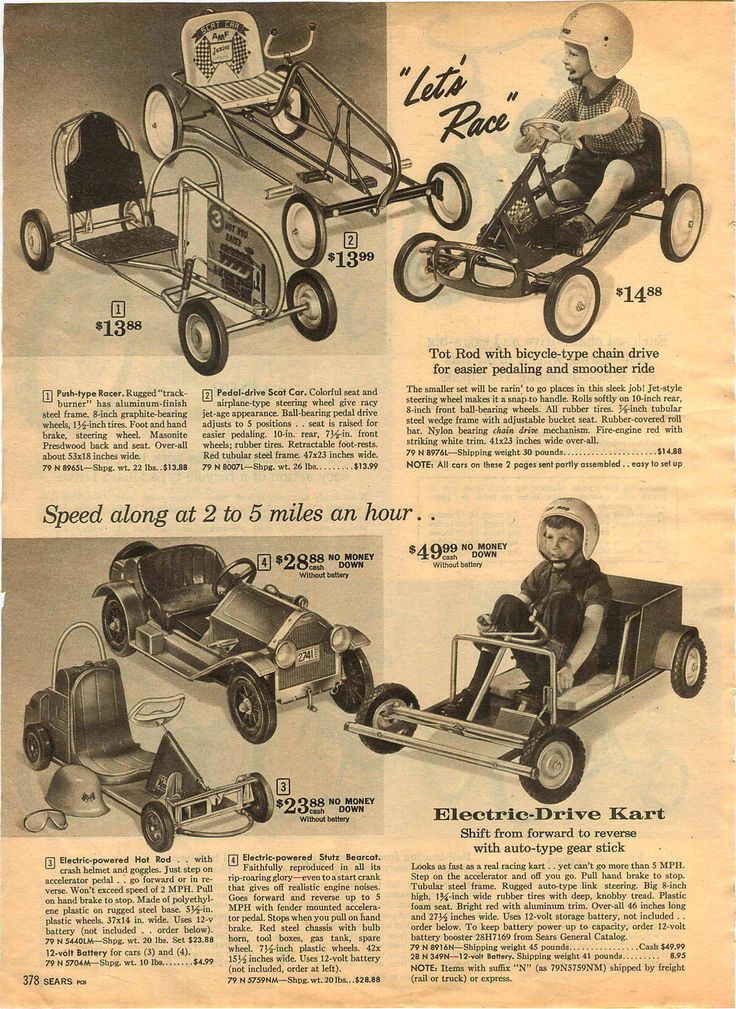 0 - 6 0 - 6 | 33" | 6" x 8.5" | - | Dry |
| Hoosier asphalt oval karting | 15800 | 11 x 8.0 - 6 | 34" | 6" x 10" | - | Dry |
| Hoosier 5" sprint | 22149 | 10 x 4.5 - 5 | 32" | 5" x 5" | - | Dry |
| Hoosier 5" sprint | 22150 | 10 x 4.5 - 5 | 32" | 5" x 5" | - | Dry |
| Hoosier 5" sprint | 22155 | 10 x 4.5 - 5 | 32" | 5" x 5" | - | Dry |
| Hoosier 5" sprint | 22180 | 10 x 4.5 - 5 | 32" | 5" x 5" | - | Dry |
| Hoosier 5" sprint | 22250 | 11 x 6.0 - 5 | 34" | 5" x 7" | - | Dry |
| Hoosier 5" sprint | 22260 | 11 x 6.0 - 5 | 34" | 5" x 7" | - | Dry |
| Hoosier 5" sprint | 22368 | 11 x 7.1 - 5 | 34" | 5" x 8. 25" 25" | - | Dry |
| Hoosier 5" sprint | 22371 | 11 x 7.1 - 5 | 34" | 5" x 8.25" | - | Dry |
| Hoosier 5" sprint | 22380 | 11 x 7.1 - 5 | 34" | 5" x 8.25" | - | Dry |
| Hoosier 5" sprint | 22405 | 10 x 4.5 - 5 | 32.25 | 5" x 4.75" | - | Rain |
| Hoosier 5" sprint | 22435 | 11 x 6.0 - 5 | 34.5" | 5" x 6.75" | - | Rain |
| Hoosier super kart | 22460 | 10.5 x 4.6 - 6 | 33" | 6" x 5" | - | Dry |
| Hoosier super kart | 22505 | 10.5 x 5.0 - 6 | 33.75" | 6" x 4.75" | - | Rain |
| Hoosier super kart | 22550 | 11 x 5.5 - 6 | 35" | 6" x 4.75" | - | Dry |
| Hoosier super kart | 22650 | 11 x 6. 5 - 6 5 - 6 | 34.75" | 6" x 8" | - | Dry |
| Hoosier super kart | 22710 | 11.5 x 7.1 - 6 | 35.875" | 6" x 8" | - | Rain |
| Hoosier super kart | 22800 | 11.5 x 8.0 - 6 | 35.875" | 6" x 8" | - | Dry |
| MOJO D2XX | D2-XX (front) | 10 x 4.5 - 5 | - | - | 3.5 mm | Dry |
| MOJO D2XX | D2-XX (rear) | 11 x 7.1 - 5 | - | - | 3.5 mm | Dry |
| MOJO D2-6 | D2-6 (front) | 10 x 4.5 - 5 | - | - | 3.5 mm | Dry |
| MOJO D2-6 | D2-6 (rear) | 11 x 6.0 - 5 | - | - | 3.5 mm | Dry |
| MOJO D5 | D5 (front) | 10 x 4.5 - 5 | - | - | 3.5 mm | Dry |
| MOJO D5 | D5 (rear) | 11 x 7.1 - 5 | - | - | 3.5 mm | Dry |
| MOJO W5 | W5 (front) | 10 x 4. 5 - 5 5 - 5 | - | - | 5 mm | Rain |
| MOJO W5 | W5 (rear) | 11 x 6.0 - 5 | - | - | 5 mm | Rain |
| MOJO C2 | C2 (front) | 11 x 5.0 - 5 | - | - | 3.5 mm | Dry |
| MOJO C2 | C2 (rear) | 10 x 4.0 - 5 | - | - | 3.5 mm | Dry |
| MOJO CW | CW (front) | 10 x 3.6 - 5 | - | - | 6 mm | Rain |
| MOJO CW | CW (rear) | 11 x 4.5 - 5 | - | - | 6 mm | Rain |
The first number indicates the height or diameter of your go-kart’s tires. This number often ranges from 10″ to 12″. Off-road go-karts typically have taller tires than those used for racing. This is because they need more ground clearance to navigate rough terrain.
Smaller tire height also has its own benefits.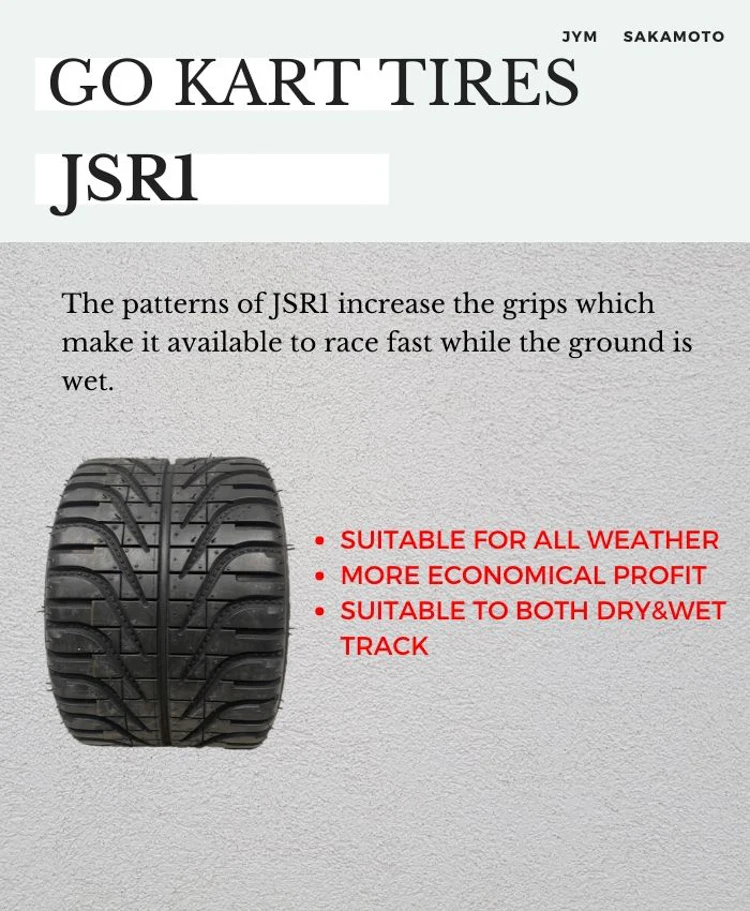 Lower go-kart tires provide a lower center of gravity. This makes your go-kart more stable and less likely to tip over. In addition, lower tires offer:
Lower go-kart tires provide a lower center of gravity. This makes your go-kart more stable and less likely to tip over. In addition, lower tires offer:
Usually, the front tires’ height on go-karts is lower than the rears’.
The second number in a go-kart tire size designation indicates the tire’s width. The range for this number is usually 4″ to 9″.
Wider go-kart tires provide more traction, which will increase your kart’s speed when cornering. This is only true if your go-kart engine is powerful enough. Otherwise, wider tires’ weight and rolling resistance will bog down your engine.
Wider tires also provide better braking because they have a larger contact patch. Again, this is only true if your kart gets a good-enough brake. If not, wider tires may just make your kart harder to stop (because the little calipers can’t handle too much rotational mass.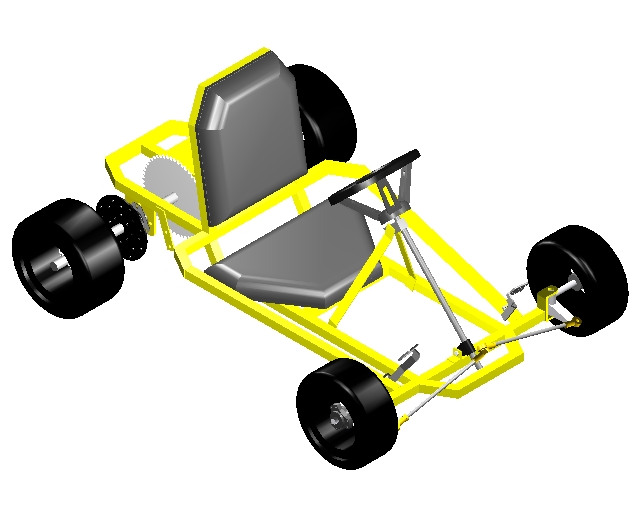 )
)
The front tires are narrower than the back tires because they don’t need as much grip, and the weight is distributed differently.
You can also notice that wet tires are generally narrower than slick tires. That’s because a higher amount of force per contact surface area helps to move water aside better.
The last number in a go-kart tire size is the diameter of the wheel or rim that the tire will be mounted on. The common rim diameter is usually 4″ to 6″. This size is the same for both front and rear tires.
To calculate the circumference of a go-kart tire, this is the general formula:
C = πd
Where:
However, as you can see on the size chart above, some tires have the same diameter but different circumferences.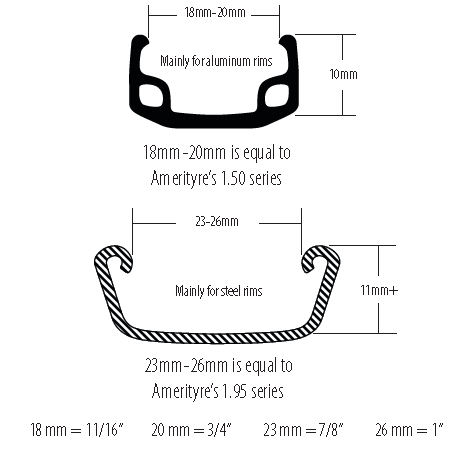 Why is this possible?
Why is this possible?
It’s because the rim width affects the sidewall height, which in turn alters the tire’s circumference.
Do not be confused between rim width and tire width. The width of the rim is the distance between the inside and outside of the bead seat.
Usually, this number can be found under this form: A x B
Where A is the rim diameter and B is the rim width.
Because rim diameter is already displayed in tire size (Y x Z – A), you can sometimes only see one number on the section wheel (rim) dimension. That’s also the rim width.
Tread depth is the distance between the top of the tread to the bottom of the deepest grooves.
The higher the tread depth, the better your kart grip on a wet surface. This is because the tread will displace water and avoid skidding.
For that reason, “wet” tires have much higher tread depth than dry (slick) tires. Meanwhile, dry tires have little to no tread to provide the most amount of grip.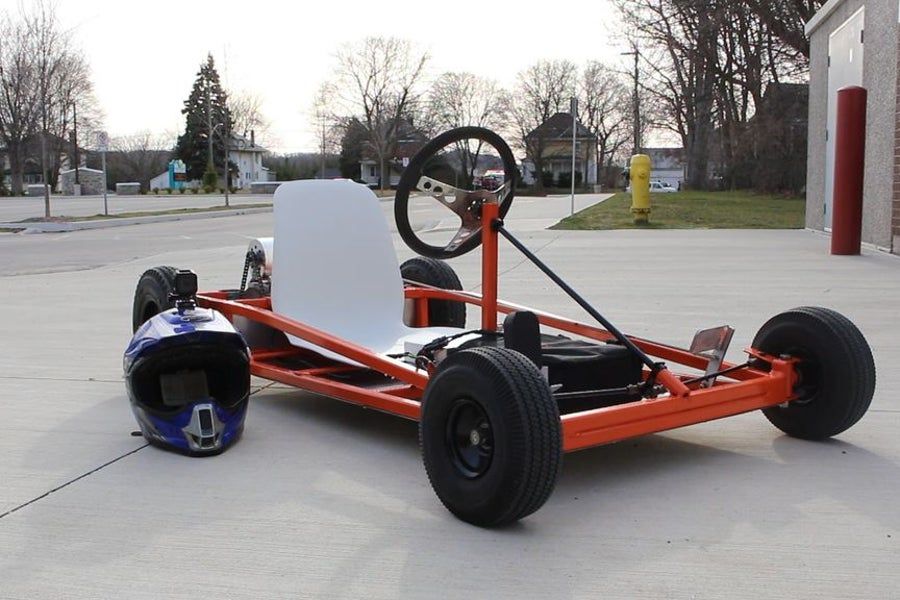
According to Jones and Childers’s coefficients of friction report, a slick tire can offer a 0.9 coefficient of friction on a dry surface. But on a wet surface, this number can drop down to 0.1, which is very dangerous.
A deep-grooved tread can offer a 0.4 coefficient of friction on a wet surface and 0.7 on dry.
I’ve made the table base on the information from those brands’ websites. If there is anything I miss or anything you would like me to explain more, please do not hesitate to leave a comment below.
Related articles
How fast do go-karts go? [Speed chart]
The answer depends on a couple of things, including engine classes and whether or not the engine is a 2-stroke or a 4-stroke. Typically, a 4-stroke 125cc go-kart …
>>Read more
This is the second part of the article about tire parameters (the first part is here).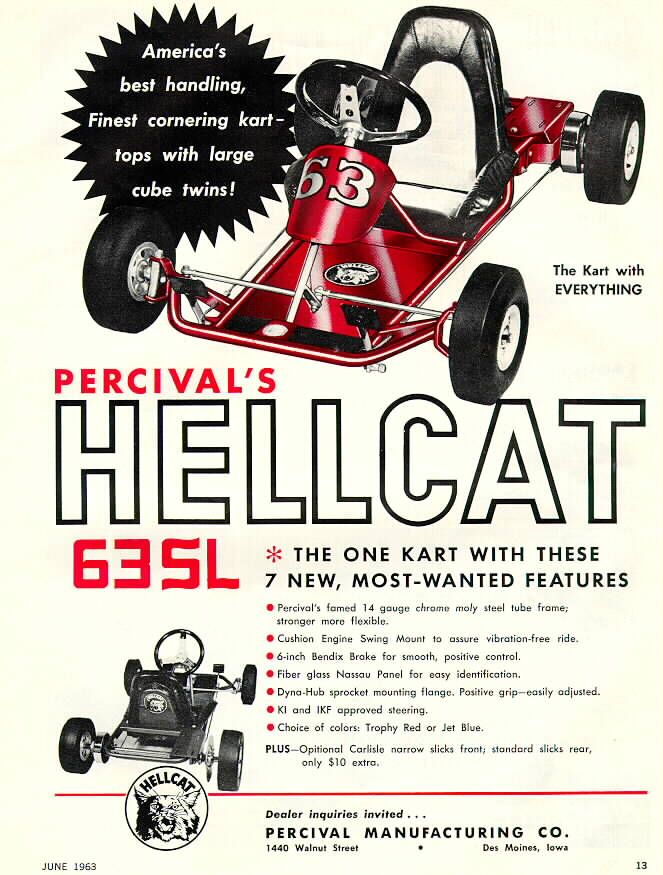 In this part, you will learn about tire pressure and temperature changes in different weather conditions and on different track surfaces, as well as how front and rear kart ruts affect tire pressure.
In this part, you will learn about tire pressure and temperature changes in different weather conditions and on different track surfaces, as well as how front and rear kart ruts affect tire pressure.
Pressure and temperature
Determining the operating temperature of a tire and determining the type of track surface can make your job much easier.
You can determine the temperature of the working surface by analyzing the surface of the tire. If the surface is very smooth, then the tire is not warming up, and if tracks appear on the surface in the form of peeling or bubbles, then the surface is too hot.
If you have already found your ideal tire pressure and the weather is getting colder, you will have to increase the pressure to get the correct tire temperature because the air temperature has dropped and the track temperature has dropped accordingly. The same is true in the opposite direction, since by the middle of the race day the temperature becomes higher than during the morning practice.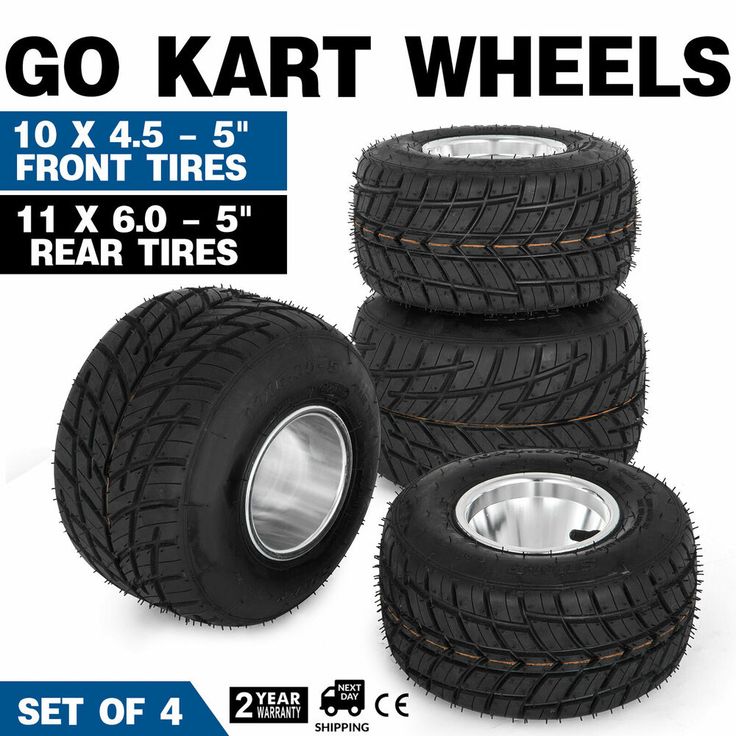 Your best bet is to monitor your data based on track temperature and record it.
Your best bet is to monitor your data based on track temperature and record it.
The change in pressure will depend on the number of right and left turns on your track, if their number is the same, then the pressures will be almost the same on the sides.
If you are in an area with high humidity, you will most likely experience problems with temperature and tire pressure. The water content in the air will cause the pressure to rise more. Some use nitrogen in these situations. Do not use soapy water to put the rubber on the rims as the water in the tire will boil and the pressure will build up excessively!
Track the condition of the track and the amount of rubber on the pavement. If the asphalt is smooth, then you must increase the pressure so that the wheel warms up. If there is a lot of rubber on the track, then you will have to lower the pressure so that the wheel does not overheat.
According to manufacturer's recommendations, most kart tires are designed to operate in the 74-85 o C (165-185 o F) temperature range.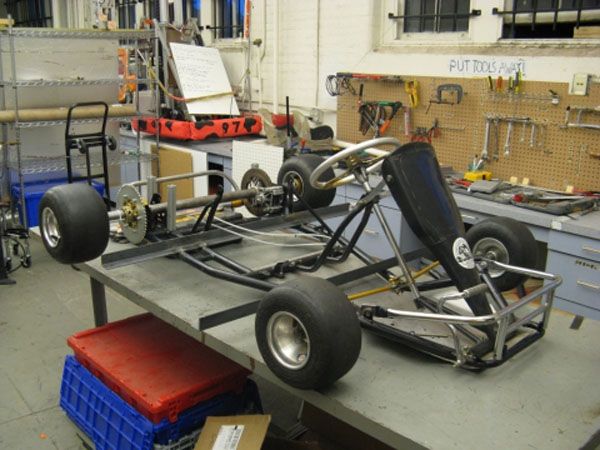 Keep in mind that tires cool down very quickly once they leave the track surface.
Keep in mind that tires cool down very quickly once they leave the track surface.
Almost any kart tire will fail when its surface temperature exceeds 93-99 o C (200-210 o F) degrees. Therefore, a kart tire whose temperature is close to the upper limit has the best performance.
Pressure and tread
When working with tyres, you have only two things you can adjust, the pressure and the position of the wheels relative to each other (tread).
How is everything going?
If the tire pressure is initially too high, you will have great grip at the beginning of the race, but then you will lose grip by the middle of the race, and even more so towards the end. With too little pressure, you will need to drive many laps to reach the working pressure of the wheel. You need your tires to warm up for 1-2 laps and the pressure becomes optimal. But this is not easy to achieve.
The first thing to do is to measure the tire pressure immediately after you have finished your race or practice. If your pressure has increased by more than 2 PSI, then you need more air. But, do not pressurize more than 1 PSI during one ride. Drive out again and see how long it takes for the tires to warm up. Further, it is only a matter of trials and your own mistakes. Most often, 16 PSI in front and 18 PSI in the rear are taken as the starting point of reference, then they work with pressure to increase or decrease.
If your pressure has increased by more than 2 PSI, then you need more air. But, do not pressurize more than 1 PSI during one ride. Drive out again and see how long it takes for the tires to warm up. Further, it is only a matter of trials and your own mistakes. Most often, 16 PSI in front and 18 PSI in the rear are taken as the starting point of reference, then they work with pressure to increase or decrease.
Another parameter you can change is the distance between the wheels. How does this affect grip level?
At the beginning of your race, it can be difficult to identify front and rear hooks, even though it seems easy.
If the rear of the kart has a very good grip, then the kart will not turn properly because the rear wheels will push the kart in a straight line. Adding grip at the front will improve the balance, but when all wheels have too much contact with the track, the motor will need to put more power into cornering. Moving the rear wheels outward will reduce rear traction, move the wheels at the same time, and no more than 5mm apart.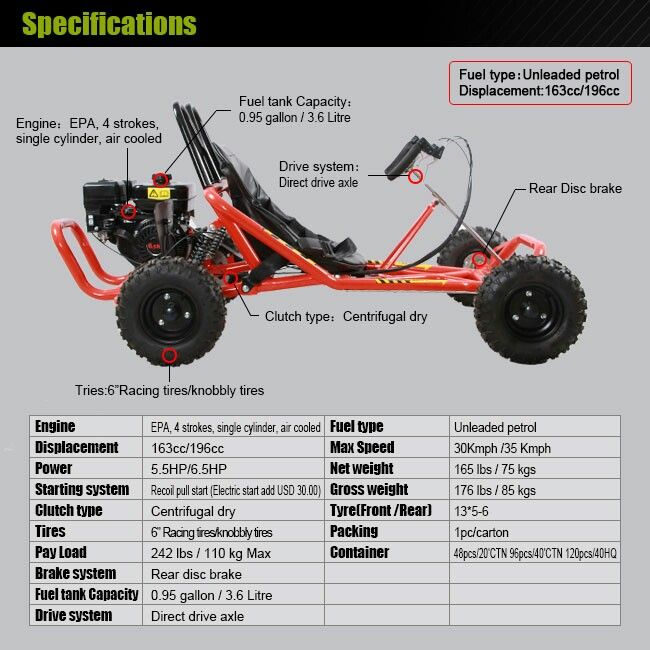 Too strong rear grip is characterized by the fact that the kart starts to jump (break) in the turn.
Too strong rear grip is characterized by the fact that the kart starts to jump (break) in the turn.
As far as the front wheels are concerned, the operation is just the opposite of the operation with the rear wheels. Pushing the wheels outwards increases front grip. If your kart has too much grip in the front, then when you turn the handlebars, the rear kart will not be able to grip properly and the rear axle of the kart will slide. In principle, it does not take much experience to find the right balance, since one axis strongly influences the behavior of the other.
The best solution is to make changes little by little, and be aware of what results this leads to, also consult other pilots and see what they are doing.
Translation by Dmitry Tsvirko,
© www.kartingzone.com
There are several ways to designate tire size and parameters, some manufacturers use inches, some millimeters, and some even both.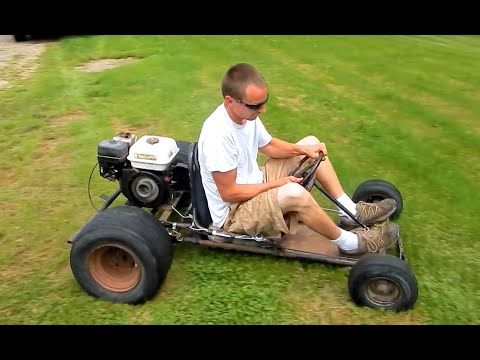 The examples below will help you define the parameters yourself.
The examples below will help you define the parameters yourself.
1. Tire width (cross-sectional width)
2. Tire height
3. Cross-sectional height
4. Rim diameter
5. Tire outer diameter
Example: 3.00-4, 3.50-6, 4.00-8, 5.20-10, 6.00-12….
The first digit (3.00) indicates the tire width. “-” indicates that the tire is bias-ply (a radial design would be R). The last digit (4) indicates the bore diameter in inches. So a 3.00-4 tire fits a 4" rim, is 3" wide, and has a diagonal design.
Example: 6-12, 7-14, 8-16, 9.5-18…
Same as above, but without (.00) in the first part of the size. All dimensions are in inches. It is important that tires with similar sizes may not be compatible - a tire with parameters 6.00-12 can be very different from a tire 6-12. If you doubt the definition of compatibility - contact the managers PROTEKTOR.RU
Example: 4.10/3.50-4, 4. 10/3.50-6, 5.30/4.50-6…
10/3.50-6, 5.30/4.50-6…
This size consists of 4 parts. The first digit (4.10) indicates the tire width. The second (3.50) indicates the height of the tire. The third digit (4) indicates the fit diameter of the tire. “-” refers to the diagonal design of the tire. So a 4.10/3.50-4 tire is 4.1" wide, 3.5" high, fits 4" rims, and has a diagonal design.
Example: 11x4.00-4, 13x5.00-6, 18x8.50-8, 25x12.00-9…
The first number (11) is the outside diameter of the tire in inches. The second number (4.00) is the width of the tire in inches, and the third number (4) is the rim diameter of the tire. “-” refers to the diagonal design of the tire. So a 11x4.00-4 tire is 11" OD, 4" wide, fits a 4" rim, and has a diagonal design.
Example: 10x3, 18x4, 260x85
This marking is obsolete, but you may still encounter it. Dimensions can be specified in both inches and millimeters (usually it is quite easy to distinguish this). The first number (10) indicates the outer diameter of the tire, the second the width of the tire. The seat diameter is not indicated in the size, but can be easily calculated, since the height of such a tire usually coincides with its width. Thus, an 18x4 tire has an OD of 18 inches, a width of 4 inches, and a rim diameter of 10 inches (18 inches of OD minus 2" x 4" of tire height). The modern designation for such a tire would be the formula 4.00-10. A tire with a size of 260x85 has an outer diameter of 260mm and a width of 85mm, or 10" and 3" respectively, with a 4" bore. The modern designation would look like this: 3.00-4.
The first number (10) indicates the outer diameter of the tire, the second the width of the tire. The seat diameter is not indicated in the size, but can be easily calculated, since the height of such a tire usually coincides with its width. Thus, an 18x4 tire has an OD of 18 inches, a width of 4 inches, and a rim diameter of 10 inches (18 inches of OD minus 2" x 4" of tire height). The modern designation for such a tire would be the formula 4.00-10. A tire with a size of 260x85 has an outer diameter of 260mm and a width of 85mm, or 10" and 3" respectively, with a 4" bore. The modern designation would look like this: 3.00-4.
Example: 255/60-10, 195/50R13, 420/85R28
The first digit is the tire width in millimeters, the second is the profile height (percentage of the tire width), and the third digit is the bore diameter in inches. If the letter R is present in the size, this means that the tire has a radial design, and “-” indicates a bias. So a 420/85R28 tire has a width of 420mm, an 85% profile (the height of the tire is 85% of the width, i.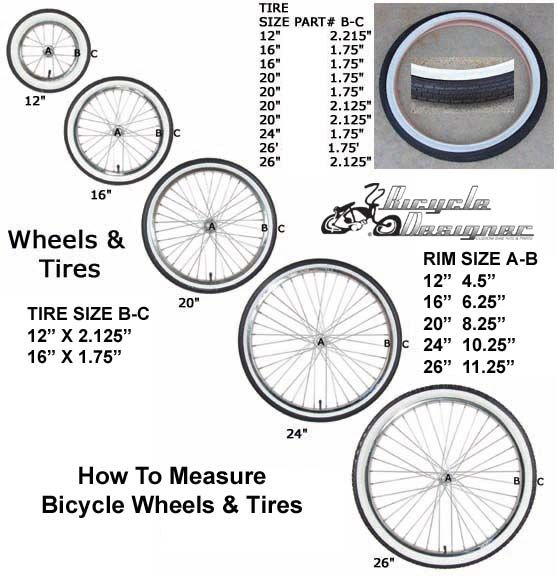 e. 357mm), a radial construction and fits a 28" rim.
e. 357mm), a radial construction and fits a 28" rim.
Example: 145R10, 155R12
The first number indicates the tire width in millimeters and the second number indicates the bore diameter (rim diameter) in inches. R indicates a radial construction, “-” indicates a diagonal one. With this marking, the tire profile is not indicated, and by default it is 80%. That is, a 145R10 tire is 145mm wide, 116mm high (80% of 145mm), fits a 10" rim, and has a radial design. The overall tire diameter can be calculated by converting all units of measurement to inches or millimeters and adding the rim diameter to twice the height of the tire.
Currently, the ply rate determines the strength of the tire and does not indicate the number of plies of cord fabric. Originally, the term "ply" did refer to the number of plies of cord fabric and therefore served as an indication of the strength of a tire. But with the development of new materials, the original cotton cord fabric was first replaced by viscose, and now nylon or steel wire is used.